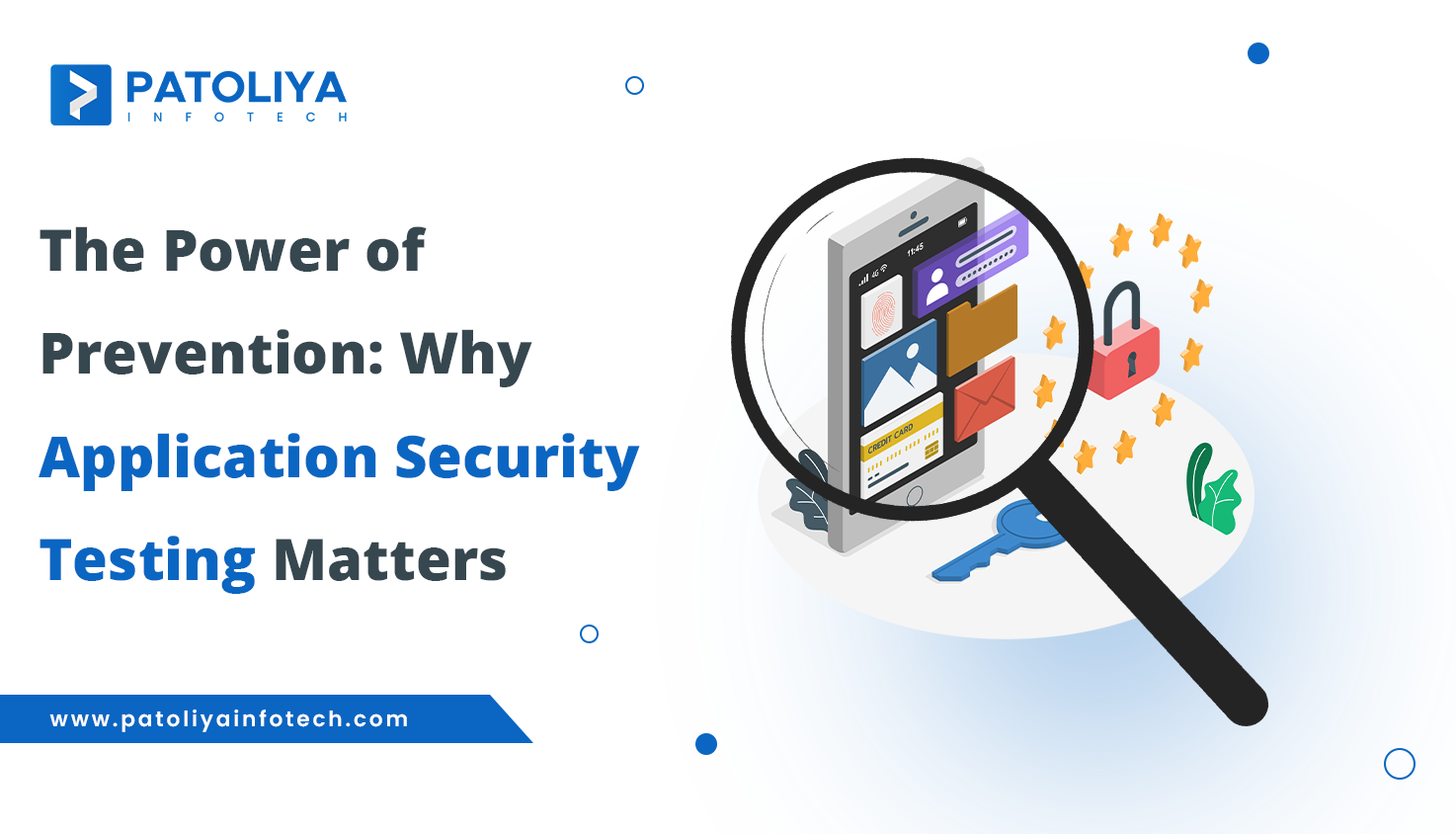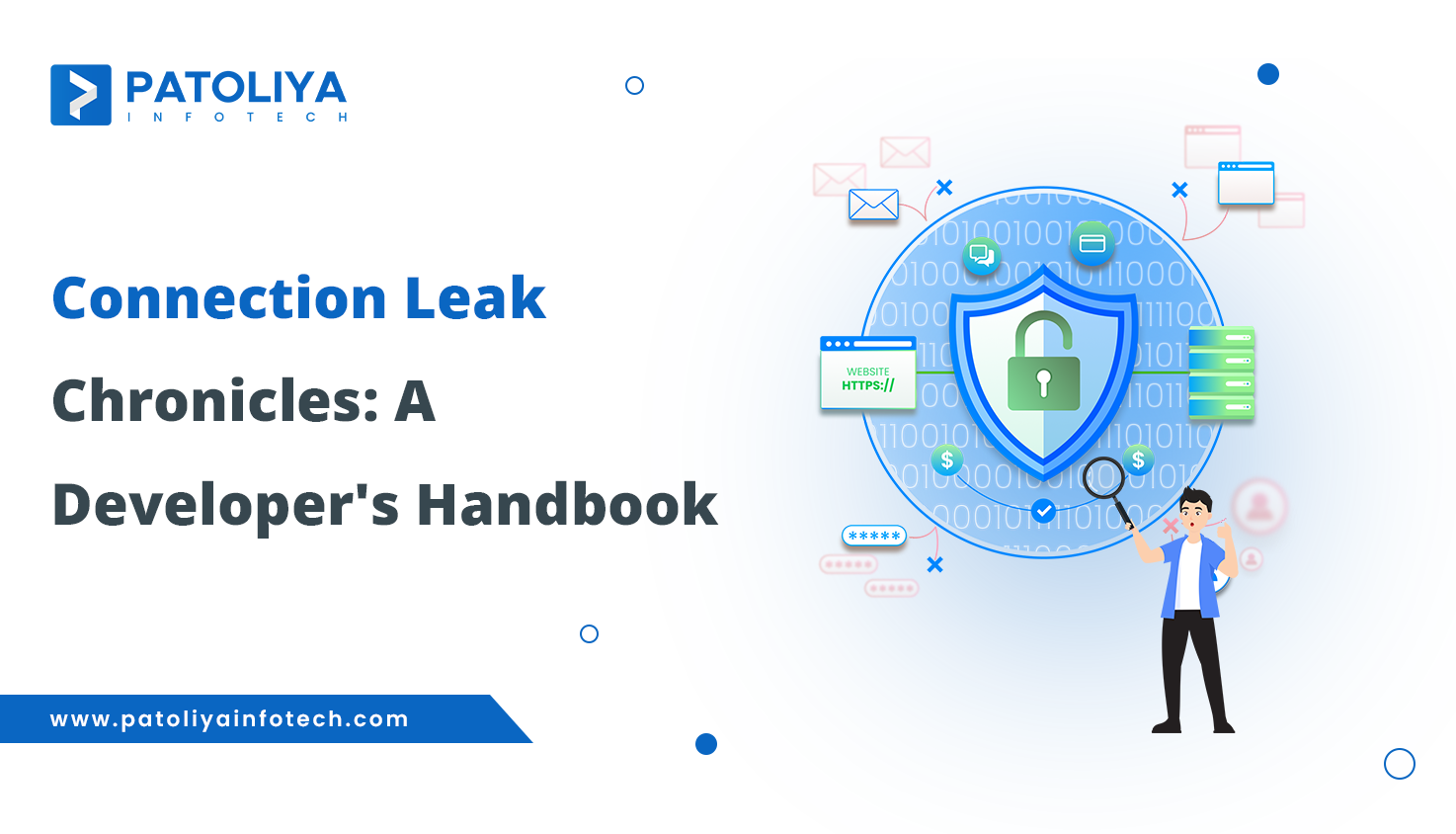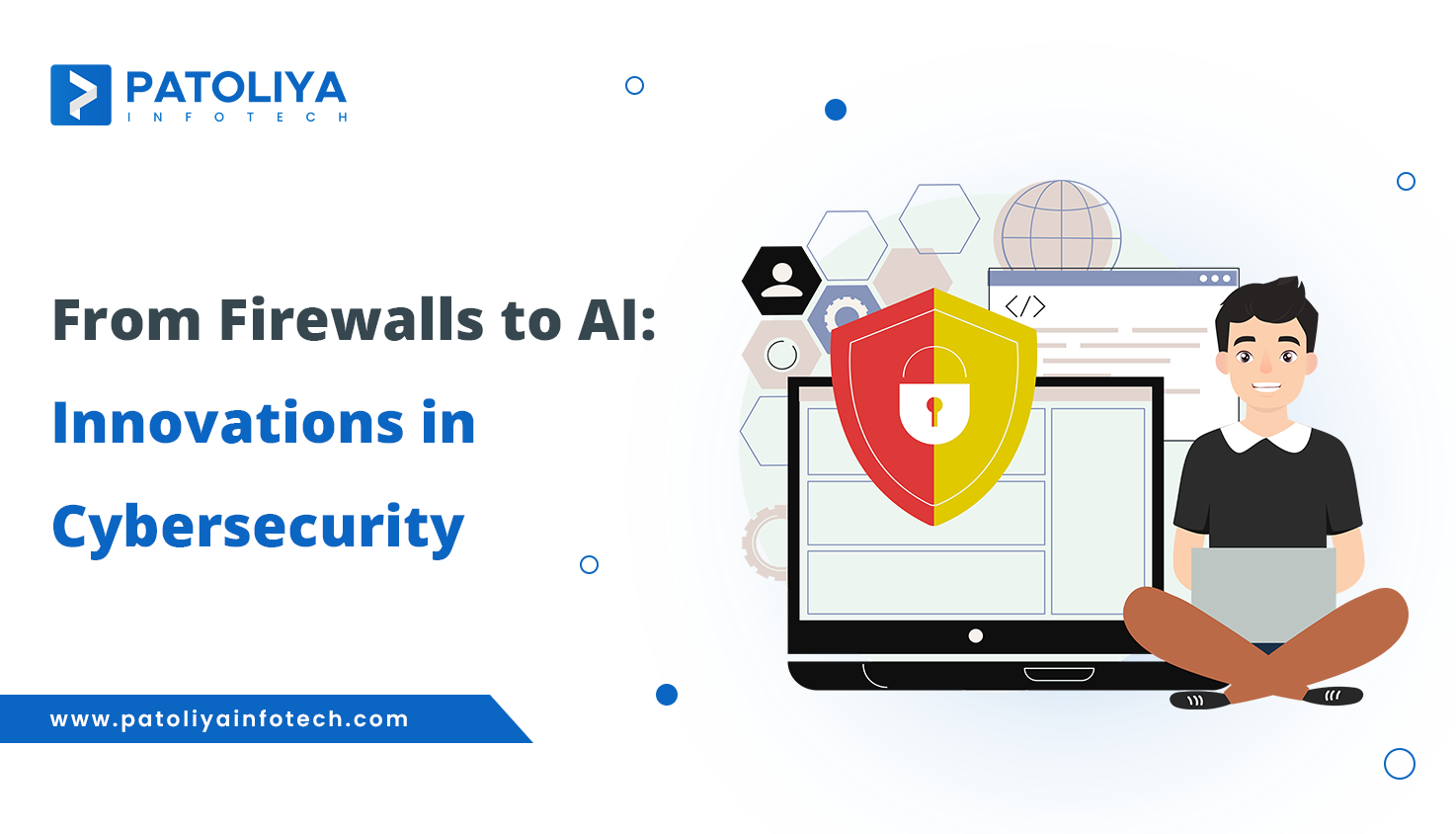2025 Cybersecurity Trends: Navigating the Complexities of a Digitally Evolving World
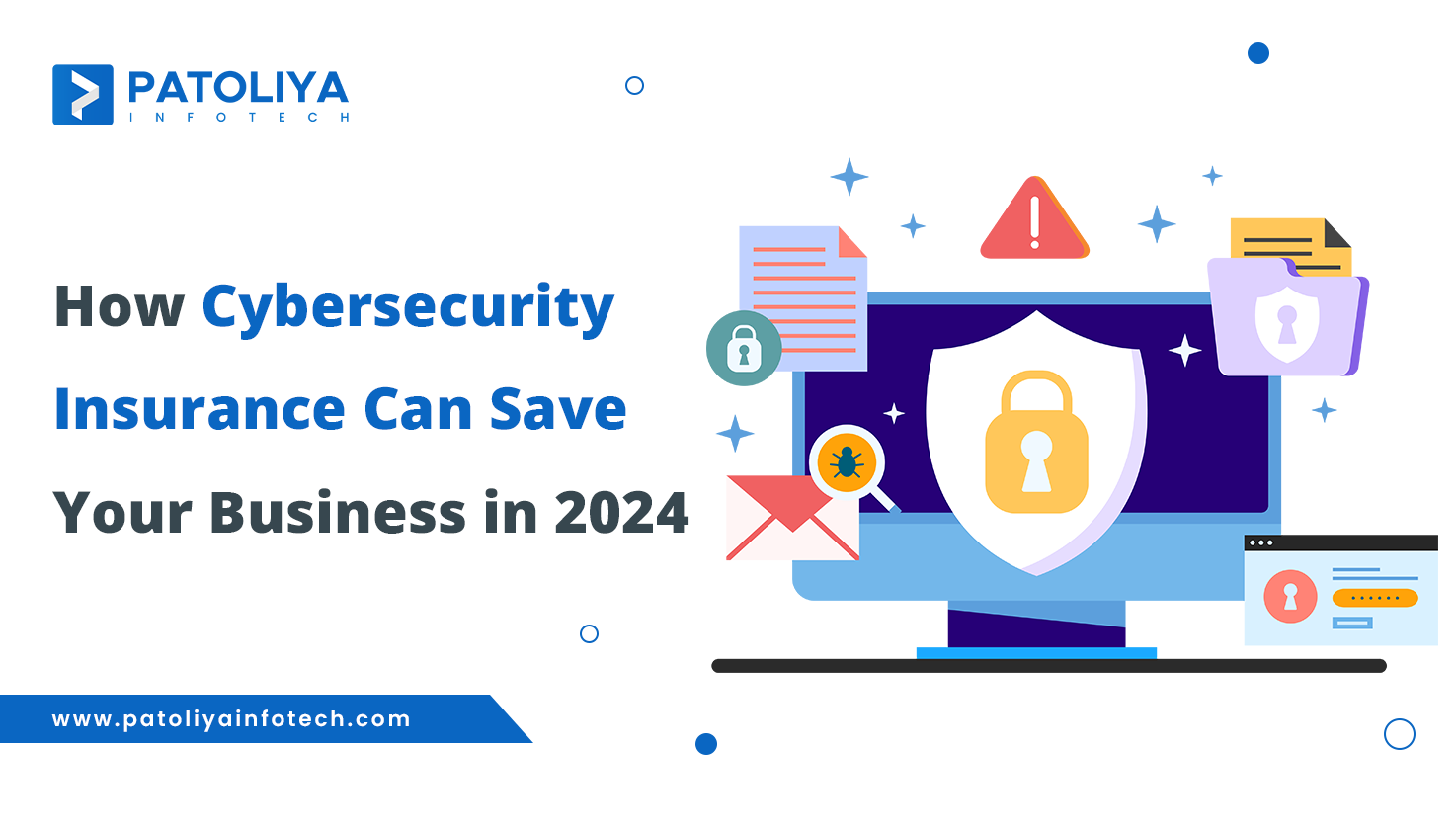
Table of Contents
The digital world is rapidly changing, and the cybersecurity landscape is expanding at a fast rate.
Forge forward 2025, and the necessity to keep ahead of cyber security threats becomes increasingly important.
In this detailed blog article, we'll look into the important themes impacting security in the coming year.
We'll look at the newest breakthroughs, rising risks, and tactics that individuals and organisations may use to negotiate the intricacies of the ever-changing digital world.
Stay tuned as we explore these trends and give tips on how to strengthen your cyber security defences in 2025.
AI-Powered Defenses:
AI and ML are transforming cyber security. AI-powered systems can analyse massive volumes of data to identify trends and abnormalities, forecast possible dangers, and automate solutions.
However, the same technology that improves security may also be exploited by cybercriminals to conduct sophisticated assaults, creating a new challenge for security experts.
In terms of cybersecurity, AI is proven to be a major changer. Its capacity to analyse massive volumes of data in real time allows organisations to detect and respond to threats far more quickly and efficiently than ever before.
AI-powered systems may detect trends and abnormalities that human analysts may overlook, assisting in bolstering defences and staying one step ahead of thieves.
Expanding Attack Surface:
The use of cloud computing, Internet of Things (IoT) devices, and mobile technologies has increased the attack surface for cyber attacks.
To reduce the effect of possible breaches, these networked systems must be secured using a comprehensive approach that includes strong authentication mechanisms, frequent security upgrades, and robust segmentation strategies.
With the fast advancement of digital technology, cybercriminals' attack surface has risen substantially. Because devices and systems are becoming increasingly interconnected, vulnerabilities in one area may be exploited to gain access to sensitive data or disrupt operations.
To protect themselves from these increasing risks, organisations must deploy strong security measures.

Social Engineering Evolution:
Social engineering assaults, such as phishing scams, continue to target individuals and businesses by exploiting human weaknesses.
In 2025, we foresee an increase in personalised and sophisticated social engineering assaults, which may use AI to produce convincing deep fakes and other misleading approaches.
Educating and educating personnel to recognise and avoid these hazards is critical.
Social engineering attacks have long been a source of worry for security, as they frequently target the weakest link in the security chain: humans.
In recent years, hackers have gotten more sophisticated in their assaults, utilising psychological and social manipulation tactics to deceive people into disclosing critical information or clicking on dangerous links.
As a result, organisations must engage in cyber security awareness training to teach staff about the hazards of social engineering and how to detect and avoid such assaults.
Zero Trust Security:
Traditional security strategies centred on perimeter defence are no longer effective.
The Zero Trust Security concept, which implies that no user or device is intrinsically trustworthy, is gaining popularity.
This strategy emphasises continual verification and permission, allowing access only to the resources needed for a given job.
Zero Trust Security is a paradigm change in cyber security, moving away from the old perimeter-based security model and towards an additional flexible and adaptable approach.
By assuming that no individual or device can be trusted, businesses can lower the likelihood of insider threats and mitigate the consequences of any breaches.
Zero Trust Security needs a complete strategy that combines robust authentication mechanisms, encryption, and constant network traffic monitoring.
Cybersecurity Skills Gap:
The demand for trained cybersecurity workers is outpacing the available workforce.
This skills gap is a serious barrier for organizations, emphasizing the need for increasing investment in security education and training programmes to close it.
The security skills gap is a major issue affecting businesses of all kinds.
As the cyber threat scenario gets more sophisticated, there is an increasing need for skilled professionals who are capable of designing, implementing, and managing effective security shield.
However, the supply of qualified applicants is failing to keep up, resulting in a lack of trained cyber security workers.
To close this gap, organizations must invest in security education and training programmes to prepare the next generation of cyber security specialists.
Rise of Ransomware:
Ransomware attacks continue to be a major danger in 2025, affecting businesses, key infrastructure, and individuals alike.
Targeted ransomware attacks, using stolen data or targeting particular weaknesses in certain businesses, may become more common.
Implementing strong backup and recovery procedures, as well as prioritising vulnerability patches, is critical for reducing the risk of ransomware attacks.
Ransomware attacks have grown in popularity in recent years, with cybercriminals attacking organisations of all sizes.
These assaults encrypt data and demand money for its release, frequently with the threat of releasing critical information if the ransom is not met.
Organisations must establish rigorous cyber security measures to guard against ransomware attacks, such as frequent backups, patch management, and staff training on how to recognise and prevent phishing schemes.
Blockchain in Cyber security:
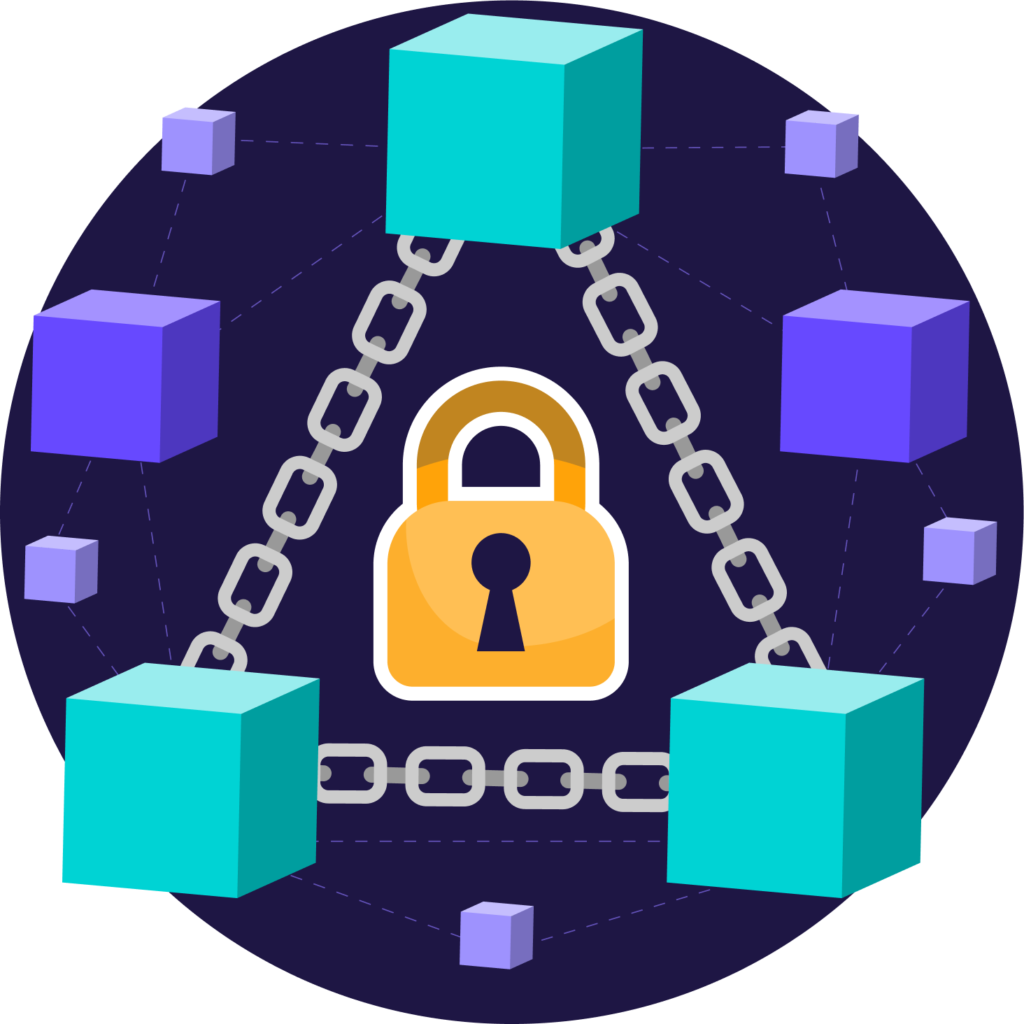
While blockchain technology is still in its early stages of adoption, it has the potential to revolutionise security.
Blockchain offers novel solutions for secure identity management and data sharing by offering secure and tamper-proof data storage and access control systems. However, widespread acceptance and integration continue to be challenging.
Blockchain technology has the potential to transform cyber security by offering a safe and transparent way to store and distribute data. Its decentralised design makes it immune to manipulation and fraud, making it a great option for secure identity management and data exchange.
However, significant barriers to mainstream blockchain usage in cyber security exist, including scalability, interoperability, and regulatory issues. Despite these issues, blockchain technology has a lot of potential for improving security in the future
Cybersecurity Insurance:
As cyber threats change and cyberattack costs climb, cybersecurity insurance becomes increasingly crucial for organisations of all kinds.
This sort of insurance can assist organisations reduce the financial effect of a cyberattack by covering costs such as data breaches, business disruptions, and legal defence.
Cybersecurity insurance is an essential component of any complete cybersecurity plan, offering financial protection in the case of a cyberattack.
It can assist organisations in recovering from a data breach or cyberattack by paying for the expenses of investigation, remediation, and legal defence.
Wrap Up
The security landscape in 2025 is characterized by rapid evolution and increasing complexity.
From the rise of AI-powered defenses to the growing threat of ransomware, organizations and individuals must stay vigilant to protect against cyber threats.
Implementing robust security measures, investing in cyber security education and training, and embracing new technologies like AI and blockchain are essential for staying ahead of cybercriminals.
By understanding the emerging trends and staying informed about the latest threats, individuals and organizations can navigate the ever-changing security landscape and better protect themselves from cyber threats in 2025 and beyond.

